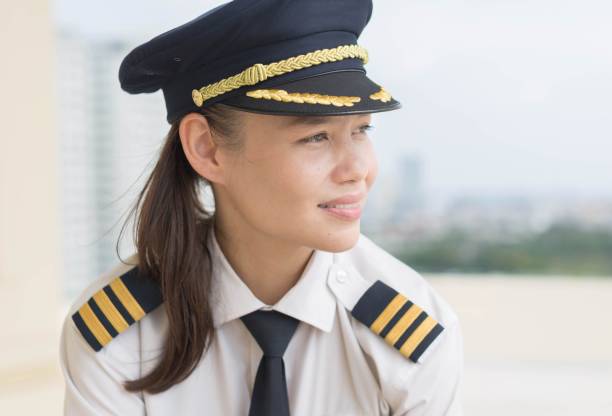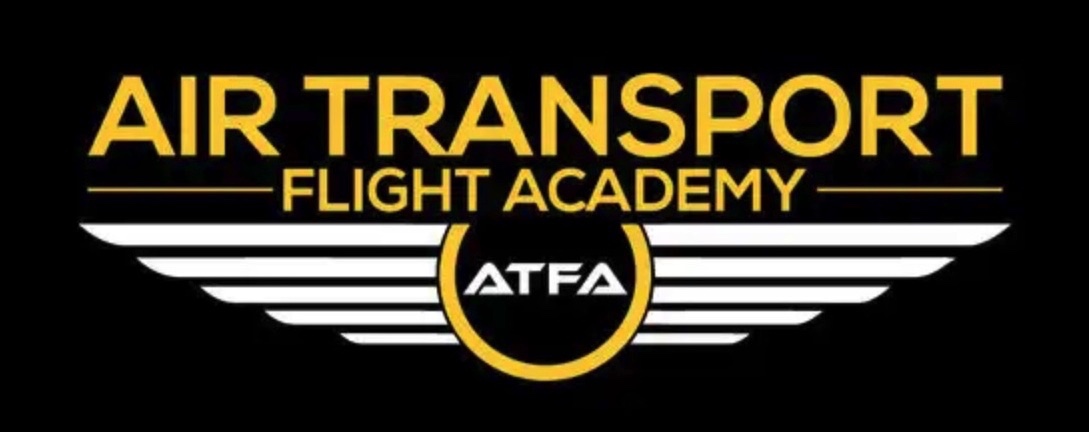PILOT SHORTAGE
Introduction
The aviation industry is experiencing an unprecedented pilot shortage that threatens its capacity to meet future travel demand. According to the International Air Transport Association (IATA), global air traffic is expected to double over the next 15 to 20 years. As airlines strive to expand their operations in response to this demand, they face a pressing need for qualified pilots. However, the pathway to becoming a pilot is fraught with challenges, particularly the exorbitant costs associated with training. This paper explores the factors contributing to the current pilot shortage and discusses potential solutions to incentivize and ease the training process for aspiring aviators.
2. Factors Contributing to the Pilot Shortage
Several interrelated factors have exacerbated the pilot shortage:
– Aging Workforce: A significant portion of the current pilot workforce is approaching retirement age, creating a substantial gap that is not being filled quickly enough by new entrants. The Federal Aviation Administration (FAA) reports that nearly 50% of airline pilots will reach the mandatory retirement age of 65 within the next decade.
– Industry Growth: The resurgence of travel post-pandemic coupled with the expansion of low-cost carriers has driven demand for pilots. This surge in hiring has outpaced the supply of newly trained pilots.
– Increased Regulatory Requirements: Enhanced safety regulations and training requirements have led to longer and more expensive training programs. For instance, the FAA’s requirement for pilots to hold a minimum of 1,500 flight hours before qualification for airline transport pilot (ATP) certification significantly lengthens the time it takes to enter the profession.
3. The High Cost of Training
The financial burden associated with pilot training has emerged as a critical barrier to entry for many aspiring pilots. The cost of obtaining a Commercial Pilot License (CPL) or an ATP can exceed $100,000 when accounting for tuition, flight hours, and additional certifications. The high cost acts as a deterrent for new entrants, particularly for individuals from lower-income backgrounds or those without financial support.
Moreover, traditional financing methods, such as student loans, often lack the necessary frameworks to accommodate the unique career paths in aviation. While some airlines and flight schools are beginning to offer cadet programs that cover training costs in exchange for a commitment to work for the airline, these programs are not universally available and may still carry financial risks for recruits.
4. Strategies to Train More Pilots
To mitigate the pilot shortage and the associated training costs, several strategies can be employed:
– Enhanced Educational Partnerships: Airlines, flight schools, and universities can collaborate to create more accessible, affordable training programs. By establishing partnerships, institutions can streamline training and provide students with a clear pathway to employment upon graduation.
– Loan Forgiveness Programs: Government and industry stakeholders can establish loan forgiveness programs for pilots who commit to working in underserved regions or specific sectors of aviation for a designated period. Such initiatives can incentivize individuals to pursue a career in aviation without the burden of overwhelming debt.
– Promoting Diverse Talent: The industry must actively seek to recruit diverse individuals, including women and minorities, into aviation careers. By creating inclusive pathways and providing scholarships or grants, the aviation sector can expand its talent pool and encourage underrepresented groups to pursue piloting.
– Utilization of Technology: Advancements in simulation technology can enhance training efficacy. Investing in high-fidelity simulators can reduce the number of required flight hours, lowering overall training costs while still providing effective skill development.
5. Conclusion
The pilot shortage represents a critical challenge for the aviation industry, one that requires urgent attention. By addressing the high costs associated with pilot training and implementing innovative solutions, the industry can pave the way for a new generation of aviators ready to meet the growing demands of air travel. Through collaborative efforts across aviation stakeholders, we can ensure a sustainable future for both pilots and the broader aviation ecosystem.



